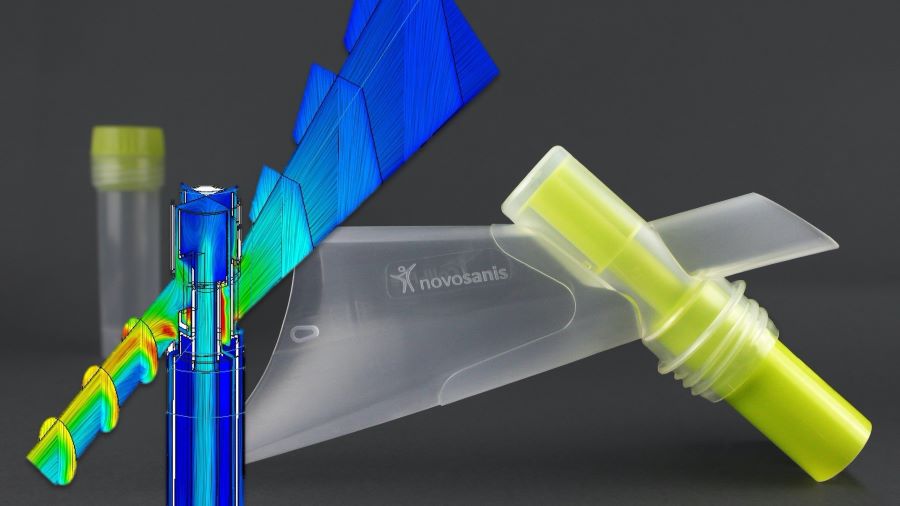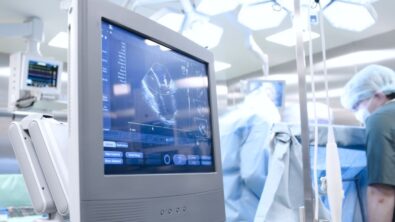Using simulation to minimize risk in medical device development

Medical device companies of all sizes have access to technology that can substantially reduce the risk level at multiple stages of the development process. This technology is called simulation. It is the great equalizer at every stage of medical device development. Thanks to simulation, companies have access to tools that can help predict the performance of their devices. Additionally, it can provide more details and insights than physical tests allow.
Challenges and opportunities
Let’s review the current challenges and opportunities in the medical device industry.
First, we are seeing a trend in global demographics and disease. The highest growth rates for medical care are in lower-income regions. Second, value-based healthcare is becoming the standard. Healthcare is coming at a lower cost. However, reimbursement for medical devices is having to fit within pre-arranged, fixed-price contracts. Now more than ever, it’s important that physicians are properly trained for the indication and effective use of a device. Third, connected care and smart manufacturing are on the rise. Predictive, personalized and preventative healthcare is the goal. Lastly, the regulatory landscape for medical devices is always evolving. Regulatory restrictions have always been a challenge and a source of constant change. Recently, two new standards were published: Medical Device Regulation in the European Union and the New Guidance in China.
Industry Digital Threads
Siemens Digital Industries Software defines a digital thread as a communication framework that connects dataflows that can be used to produce an integrated holistic view of an asset’s data from physical and virtual systems throughout its lifecycle.
There are four main digital threads:
- Design Control
- Design Excellence
- Operational Excellence
- Post Market Surveillance
Digital threads are not individual silos of information. They work together to bring feedback and insight to each other for continuous improvement throughout the medical device development process. For example, a company can gather data from the post-market surveillance thread and take that to design control to see how a product can improve based on field data. This process flow creates seamless integration with closed-loop digital threads.
Today, we are mainly focusing on design excellence because this is where design authoring, simulation and testing reside.
The role of simulation in the medical device industry
First, let’s go back to the basics of what computer modeling and simulation mean. Computer modeling entails computer-based algorithms and equations that capture the real-world behavior of a system. Simulation is defined as the actual process of running or solving the computer models. One very important aspect of modeling and simulation is numerical methods, which are mathematical techniques used to solve computational models. While you will not see any equations, numerical methods are needed to solve computational flow dynamics, such as gridding or meshing.
The most applicable case where one would use medical device simulation is for device design and performance. For example, a company could use it to test device performance before a physical prototype is built. Another use case would be to generate evidence of device performance as part of a regulatory submission. This means using simulation to prove that an aspect of the medical device meets design requirements or to augment a clinical trial. The time and cost spent on a device could significantly decrease and bring the device to market sooner. Finally, simulation can be used for diagnosis and/or intervention planning. For instance, testing could predict the outcome of a medical procedure. In all these use cases, it is important that medical device manufacturers are using highly realistic models of their medical devices.
Watch our simulation webinar today
To learn more about how to minimize risk by using device simulation solutions, watch our on-demand webinar.
In this webinar, you will learn:
- The areas of device development in which simulation can have the most impact
- An overview of the different types of simulation tools available
- Examples of medical devices whose design and development were simulation-driven
- The future of simulation in medical device development and regulatory submissions
For more blogs surrounding the medical device industry, visit our blog industry site.


